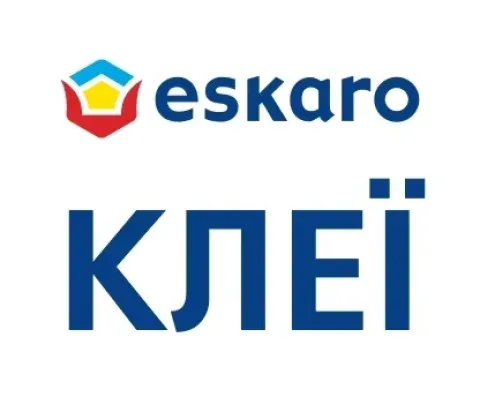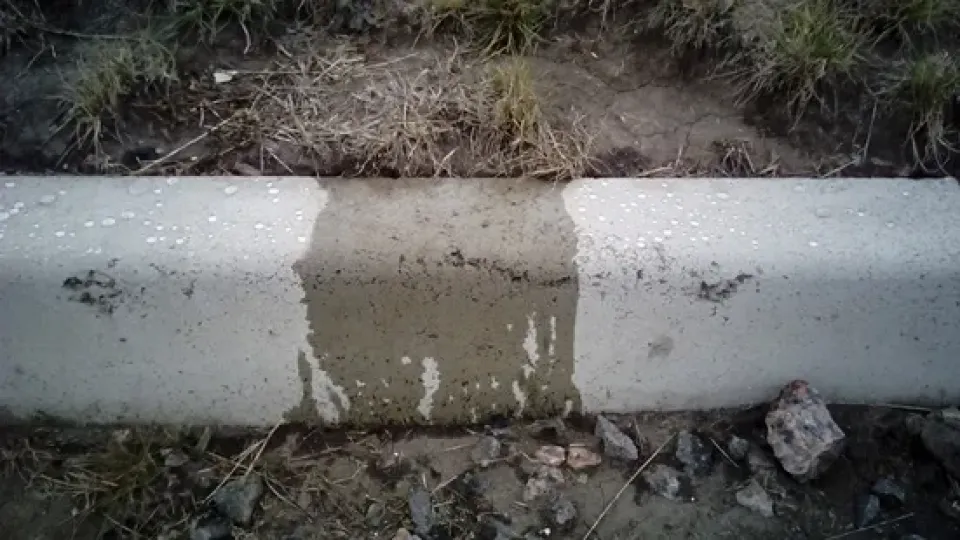
Universal water repellents
Universal water repellents
AURA Gidrofobizator Aqua , CONDOR Gidrofobizator , Grover SWR 601 , Grover WRK 610 – universal water repellents (water repellents). Moreover, the first three are ready to use, and the fourth (Grover WRK 610) – is a concentrate and must be diluted with cool drinking water by volume in a ratio of 1 part product to 10 parts water before use.
Purpose
Water-repellent agents for the treatment of absorbent substrates: mineral surfaces, surfaces painted with facade paints, surfaces with acrylic decorative plasters.
Main purpose: finishing treatment of absorbent substrates to give them water-repellent properties. For exterior and interior work.
Properties
- - Provide long-term surface protection.
- - Based on water-soluble organosilicon compounds.
- - Prevent the appearance of efflorescence and prevent surface contamination.
- - Increase frost resistance and heat-insulating properties of substrates.
- - Increase the service life of finishing materials and building structures.
- - Do not change and preserve the appearance (gloss and color) of the surface.
- - Vapor-permeable, gas-permeable. Odorless.
- - Alkali-resistant. Fresh cement substrates can be treated.
- - For winter preservation of plastered facades.
- - Water-dispersion paints and varnishes (primers, paints, plasters) can be applied to the treated surface (after 6 months).
- - Reduces the possibility of microflora (mold, moss, lichens and algae) on the surface.
- - The hydrophobic effect appears after the surface dries.
- - Maximum water repellency - 24 hours after drying.
Absorbent surfaces for treatment
Concrete, aerated concrete, foam concrete, expanded clay concrete, cement-sand plaster (including decorative plaster), sandstone, marble, limestone, gypsum, tuff, shell rock, as well as other types of artificial and natural finishing stone; asbestos cement, cement-particle board, cinder block, brick (facing, silicate, clinker, "burnt red"), paving slabs, slate, roof tiles, polymer (acrylic)-based plasters, facade water-dispersion structural and "smooth" paints.
Attention! Treatment with water-repellents of plasters on a polymer (acrylic) basis, facade water-dispersion structural and "smooth" paints is possible only if they can absorb moisture. If there is no moisture absorption, then such surfaces cannot be finished with water-repellents.
Hydrophobicity (on porous concrete): < 0.2 kg*h1/2/m2.
Water vapor diffusion resistance coefficient: 0. Color: after drying - colorless, transparent.
Working tools: brush, fur roller, sprayer.
Consumption: 1–5 m2/l of ready-to-use product. Depends on the absorbency of the surface. Approximate consumption for some types of surfaces: 5 m2/l - for concrete and clinker bricks, which absorb poorly; 2 m2/l - for silicate bricks; 1–1.5 m2/l - for mineral plasters, aerated concrete.
Concrete curbs are partially treated with a water repellent (in the photo these are the light parts of the curb) and doused with water.
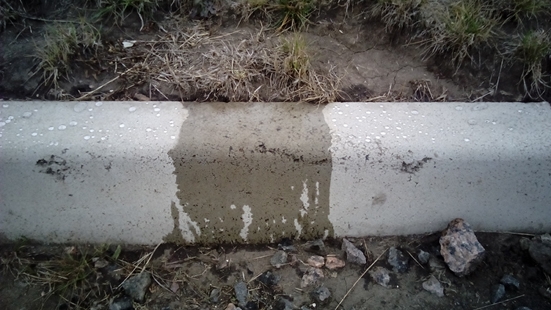
The areas treated with water repellent (in the photo, these are the light parts of the curb and the inscriptions) are not wetted by water: drops of water are visible on the surface. The parts of the curb not treated with water repellent have absorbed water and darkened.
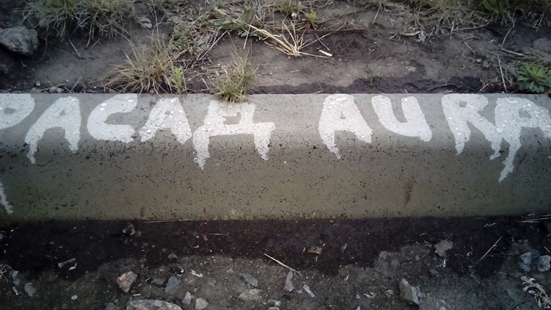
Concrete curbs after rain.
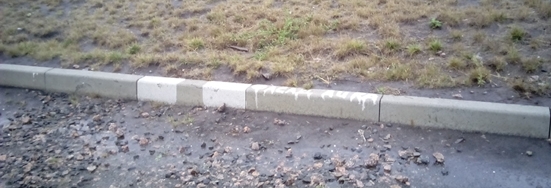
Concrete curbs after rain.
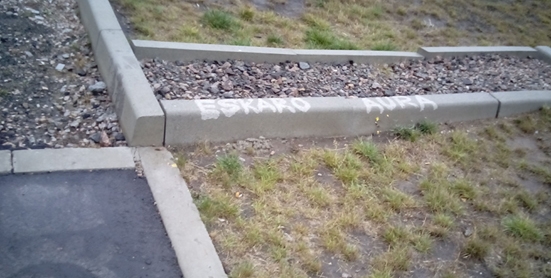
Attention! Water repellents are not intended for:
- - to strengthen the surface as a primer;
- - to install cut-off waterproofing;
- - to waterproof basements;
- - to waterproof against ground moisture;
- - to waterproof against seepage or surface water;
- - to waterproof against pressurized water





